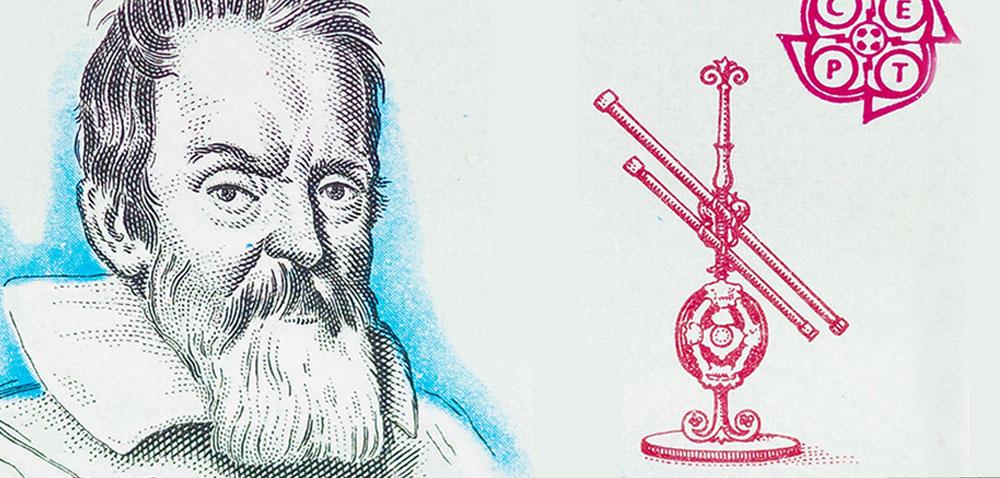Gallileo – Tuscany’s rebel scholar

For some, the Italian renaissance will always be about art. For others, it’s science that really helped the era make its mark, with Galileo one of the most influencial figures.
Born in Pisa in 1564, Galileo is considered to be one of the world’s first real scientists. Before his time, people interested in the way things worked simply studied classical philosophers and came up with theories. Galileo was more interested in conducting experiements of his own to prove or disprove theories. He often challenged the thinking of some of Italy’s most reverred scholars with his scientific methods, becoming a figure of respect and controversy in equal measure.
From swinging lamps and studying pendulums, to dropping different sized balls from the Tower of Pisa, his work helped crystalise our understanding of many everyday physics puzzles. But it’s his work in astronomy that really made him a star. Taking a device invented in Holland called the telescope, he took it apart, improved on it and created the template for the apparatus the world still uses today.
Using his telescope, he discovered the four largest moons of Jupiter, which became known as the Galilean moons, sunspots, and the light-pattern phases of the planet Venus. But it was his theory on the sun that got him into real trouble.
After watching the planets for so long, he began to realise that they all orbited the sun and not the Earth. The Catholic Church considered this heracy and placed him under house arrest for the rest of his life. There he wrote one of his most treasured works – Two New Sciences, before going blind. Contrary to popular belief, his blindness was the result of cataracts, not from staring at the sun.
Born in Pisa in 1564, Galileo is considered to be one of the world’s first real scientists. Before his time, people interested in the way things worked simply studied classical philosophers and came up with theories. Galileo was more interested in conducting experiements of his own to prove or disprove theories. He often challenged the thinking of some of Italy’s most reverred scholars with his scientific methods, becoming a figure of respect and controversy in equal measure.
From swinging lamps and studying pendulums, to dropping different sized balls from the Tower of Pisa, his work helped crystalise our understanding of many everyday physics puzzles. But it’s his work in astronomy that really made him a star. Taking a device invented in Holland called the telescope, he took it apart, improved on it and created the template for the apparatus the world still uses today.
Using his telescope, he discovered the four largest moons of Jupiter, which became known as the Galilean moons, sunspots, and the light-pattern phases of the planet Venus. But it was his theory on the sun that got him into real trouble.
After watching the planets for so long, he began to realise that they all orbited the sun and not the Earth. The Catholic Church considered this heracy and placed him under house arrest for the rest of his life. There he wrote one of his most treasured works – Two New Sciences, before going blind. Contrary to popular belief, his blindness was the result of cataracts, not from staring at the sun.
